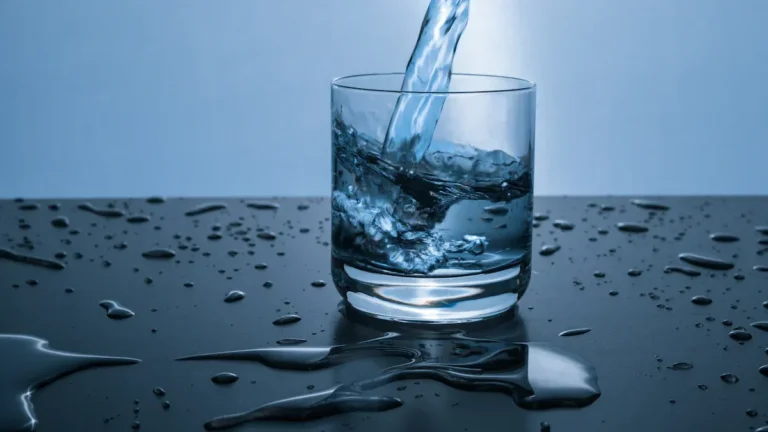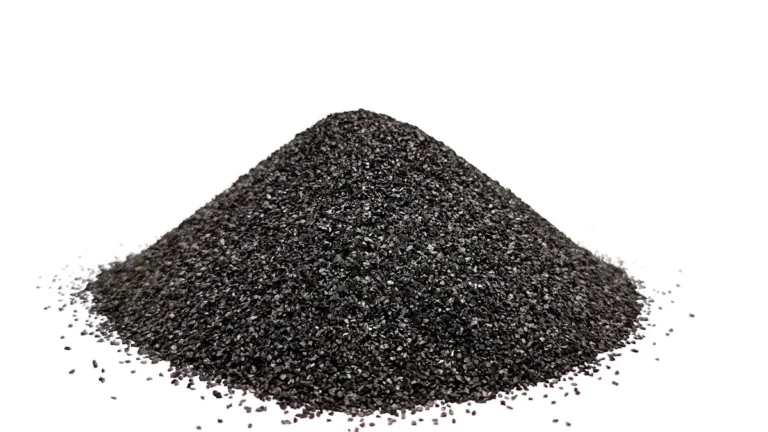Drinking Water Treatment Activated Carbon
.webp)
Buy Drinking Water Treatment Activated Carbon
- Organic compounds (pesticides, solvents, taste/odor chemicals)
- Disinfection byproducts (THMs)
- Chlorine (improving taste/odor)
- Some microplastics and emerging contaminants.
Industry Challenges
Technical Limitations
- Performance Variability: Adsorption efficiency declines over time due to pore blockage and competitive adsorption (e.g., calcium accumulation), complicating performance evaluation.
- Selective Removal: Effectively removes chlorine, organic compounds, and disinfection byproducts (e.g., haloacetic acids) but struggles with nitrates, certain bacteria, and some PFAS (only ~50% reduction). It also shows limited efficacy against trihalomethane precursors.
- Ozonation Byproducts: When combined with ozone (O₃-BAC process), it risks generating bromate or aldehydes if not meticulously controlled.
Operational & Environmental Issues
- Biofilm Risks: Biological activated carbon (BAC) filters may cause microbial leakage if biofilm management fails, compromising water safety.
- Material Degradation: Regeneration of spent carbon remains technically challenging; acid/base washing is often needed but not universally effective.
- Resource Constraints: Production relies on restricted raw materials (e.g., coal, coconut shells), with quality inconsistencies affecting output.
Regulatory and Industry Gaps
- Standardization Deficits: Lack of uniform evaluation metrics (e.g., reliance on iodine/methylene blue values alone ignores granularity effects) and evolving regulations challenge consistent compliance.
- Supply Chain Pressures: Stricter environmental policies increase production costs and limit material sourcing options.
related types of activated carbon
-r8fslg51nt6wgjtvh6yldxb1gtkgm3lpe0oq1akgog.webp)
- Iodine Value: 600-1200
- Mesh Size: 1×4/4×8/8×16/8×30/12×40/20×40/20×50/30×60/40×70 (More size on request)
- Apparent Density: 400-700
-r8fsli0q1h9h3rr567ruiwtynlb71ht629zozuhoc0.webp)
- Iodine Value: 500-1300
- Mesh Size:0.9-1mm/1.5-2mm/3-4mm/6mm/8mm(More size on request)
- Apparent Density: 450-600
-r8fslbfupn0gui0p8mxgjghqhw7mjm31pdfamwrfjk.webp)
- Iodine Value: 500-1300
- Mesh Size: 150/200/300/350 (More size on request)
- Apparent Density: 450 – 550
-r8fsle9da54btbwls65c8xs4a1tq6pe8prdr2qn90w.webp)
- Iodine Value: 400-800
- Mesh Size: 100×100×100mm/100×100×50mm (Custom cell density on request)
- Apparent Density: 350-450
- Bore Diameter:1.5-8mm

- Iodine Value: 700-1200 mg/g
- Surface Area: 700-1200 m²/g
- Apparent Density: 320-550 kg/m³

- Iodine Value: 700-1200 mg/g
- Surface Area: 700-1200 m²/g
- Apparent Density: 320-550 kg/m³

- Iodine Value: 700-1200 mg/g
- Surface Area: 700-1200 m²/g
- Apparent Density: 300-650 kg/m³
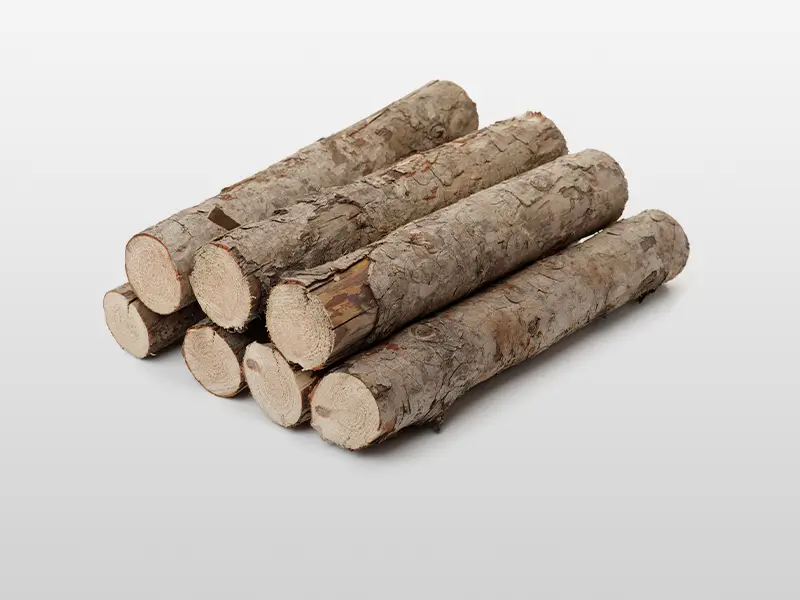
- Iodine Value: 700-1200 mg/g
- Surface Area: 700-1200 m²/g
- Apparent Density: 320-550 kg/m³

- Activation Method: Steam/gas activation at high temperatures
- Pore Structure: Microporous-dominated, uniform pore distribution
- Environmental Profile: Chemical-free, low ash content
- Primary Applications: Gas-phase adsorption, drinking water purification

- Activation Method: Chemical activation (e.g., H₃PO₄/ZnCl₂) at moderate temperatures
- Pore Structure: Mesoporous-rich, higher surface area
- Process Efficiency: Shorter activation time, 30-50% higher yield
- Post-Treatment: Acid-washing required to remove residues

- Functionalization: Loaded with active agents (e.g., I₂/Ag/KOH)
- Targeted Adsorption: Enhanced capture of specific pollutants (e.g., Hg⁰/H₂S/acid gases)
- Customization: Chemically optimized for target contaminants
- Core Applications: Industrial gas treatment, CBRN protection
Why Use Our Activated Carbon

Superior Adsorption Performance
Our activated carbon has a designed pore structure which provides unparalleled high contaminant removal efficiencies for traps a wide-range of pollutants including micropollutants and disinfectants byproducts, with consistent performance, even under changing water quality conditions.

Enhanced Operational Safety
We guarantee zero chemical additives and strictly controlled activation processes that eliminate leachable impurities while minimizing biofilm formation risks through uniform surface properties for safer water treatment operations.

Sustainable Material Sourcing
Produced from responsibly sourced raw materials with verifiable supply chains, our activated carbon meets stringent environmental standards throughout manufacturing while maintaining a lower carbon footprint.

Technical Integration Support
We provide customizable particle size distributions compatible with all filtration configurations alongside comprehensive technical documentation to ensure seamless system integration and regulatory compliance.
Process and Technolog
1. Adsorption of Organic Micropollutants
Solution Overview
Activated carbon (AC) in granular (GAC) or powdered (PAC) form physically adsorbs persistent organic contaminants like pesticides and pharmaceuticals through its porous structure.
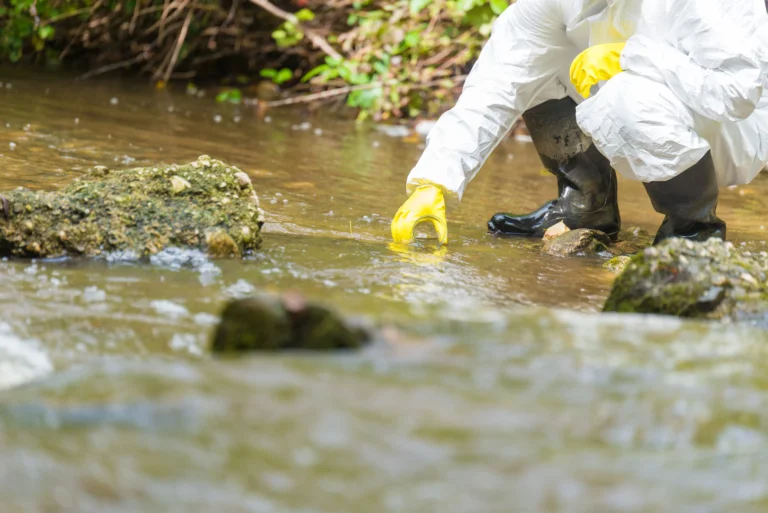
Key Advantages
- Broad-spectrum removal of diverse micropollutants
- Chemical-free treatment mechanism
- Flexible deployment options (direct dosing or fixed-bed filtration)
2. Combined Oxidation-Biological Processes
Solution Overview
Ozone or permanganate pre-oxidation followed by Biological Activated Carbon (BAC) filtration, where oxidation breaks complex organics into biodegradable fragments metabolized by AC-colonized biofilms.
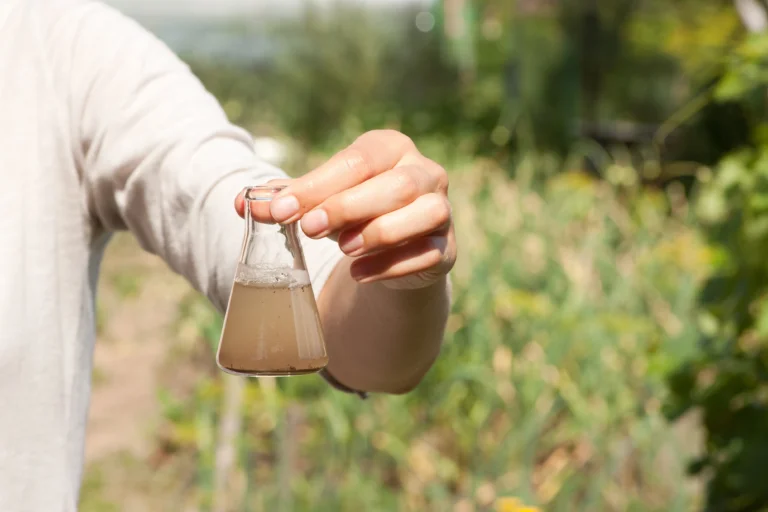
Key Advantages
- Enhanced removal of recalcitrant compounds via biodegradation
- Extended operational lifespan through biological regeneration
- Synergistic contaminant removal efficiency
3. Disinfection Byproduct Control
Solution Overview
AC filters capture natural organic matter (DBP precursors) and adsorb formed byproducts like trihalomethanes at pre- or post-disinfection stages.
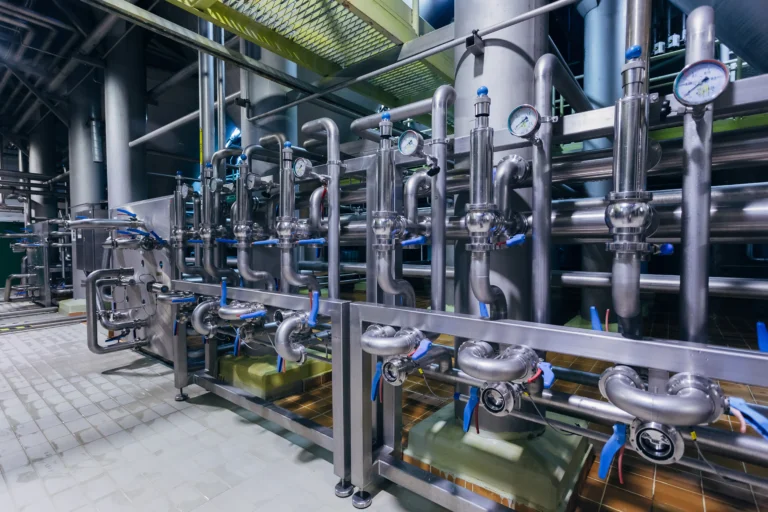
Key Advantages
- Dual-action against precursors and formed byproducts
- Regulatory compliance support without disinfection compromise
- Reduced reformation potential during chlorination
4. Long-Term Biological Filtration
Solution Overview
Aged GAC transitions into biological filters where microbial communities dominantly degrade organic matter, sustaining performance beyond adsorption capacity.
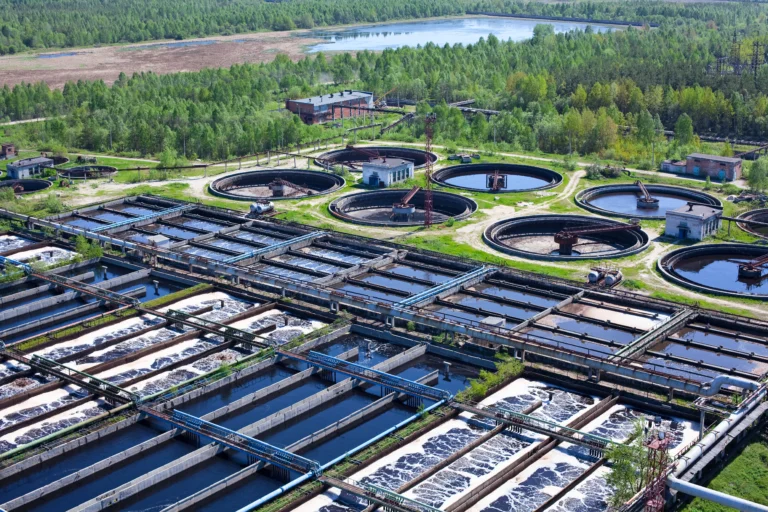
Key Advantages
- Self-sustaining operation through microbial activity
- Temperature-resilient performance in warm conditions
- Reduced waste generation via extended service life

